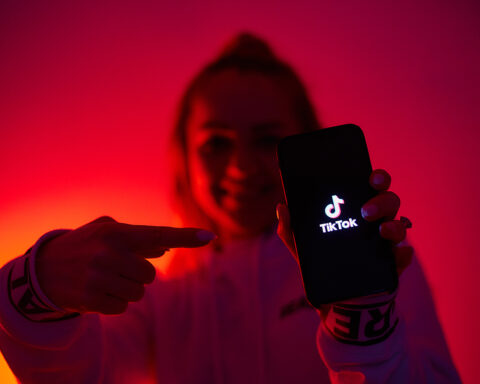The landscape of contemporary workplaces is undergoing a significant overhaul, propelled by the advent of hybrid work setups. This evolution brings with it a mix of challenges and opportunities for both employers and employees. However, despite strides made towards finding equilibrium between remote and in-office work, technology remains a formidable barrier, impeding seamless collaboration and productivity.
Recent findings from the Chartered Institute of Personnel and Development (CIPD) highlight the enduring struggles associated with hybrid work models. While many companies have instituted policies accommodating both remote and on-site work, a faction of employees remains reluctant to return to traditional office setups, advocating instead for flexible work arrangements. This resistance has ignited discussions regarding the future of work and the pivotal role technology plays in shaping it.
The CIPD emphasizes several key strategies for effectively implementing hybrid work models, including clearly defining such arrangements within the organizational framework, providing managerial training to facilitate hybrid management, and proactively addressing potential hurdles like technological deficiencies and employee well-being concerns. Nevertheless, a report from office equipment manufacturer Ricoh underscores a conspicuous technology gap, with just 30% of European workers reporting access to requisite collaboration tools, and almost a quarter of business leaders acknowledging inadequate collaboration technology.
This technology gap not only impedes employees’ ability to adapt to new work paradigms but also signifies a broader misunderstanding of contemporary communication needs in the workplace. In today’s digital era, efficient communication and collaboration are indispensable, yet many employers overlook this, risking stagnation and talent attrition.
While remote or hybrid work arrangements boast advantages such as improved work-life balance, certain aspects of work, notably creativity, appear to suffer in remote settings. Nevertheless, reverting to traditional work setups isn’t a viable solution. Instead, there’s a burgeoning interest in harnessing technology to augment collaboration and productivity.
Enterprises are exploring innovative solutions like mixed reality workplace applications, which aim to replicate in-person collaboration experiences within virtual environments. Proponents argue that immersive technology enables participants to concentrate on collaboration sans distractions, fostering a sense of presence akin to face-to-face meetings. Pioneering ventures like Norwegian startup Naer are spearheading the development of these technologies, ushering in fresh possibilities for remote collaboration.
Looking ahead, the swift evolution of technology, coupled with advancements in artificial intelligence, holds promise for surmounting the challenges of hybrid work. However, in the interim, organizations must invest in superior equipment and cultivate inviting office spaces to preserve a sense of camaraderie and connection.
As debates regarding the future of work persist, it’s evident that technology will be pivotal in shaping work dynamics. By addressing the technology gap and embracing innovative solutions, employers can navigate the intricacies of hybrid work environments and cultivate settings conducive to employee flourishing, whether in physical offices or remote setups.







